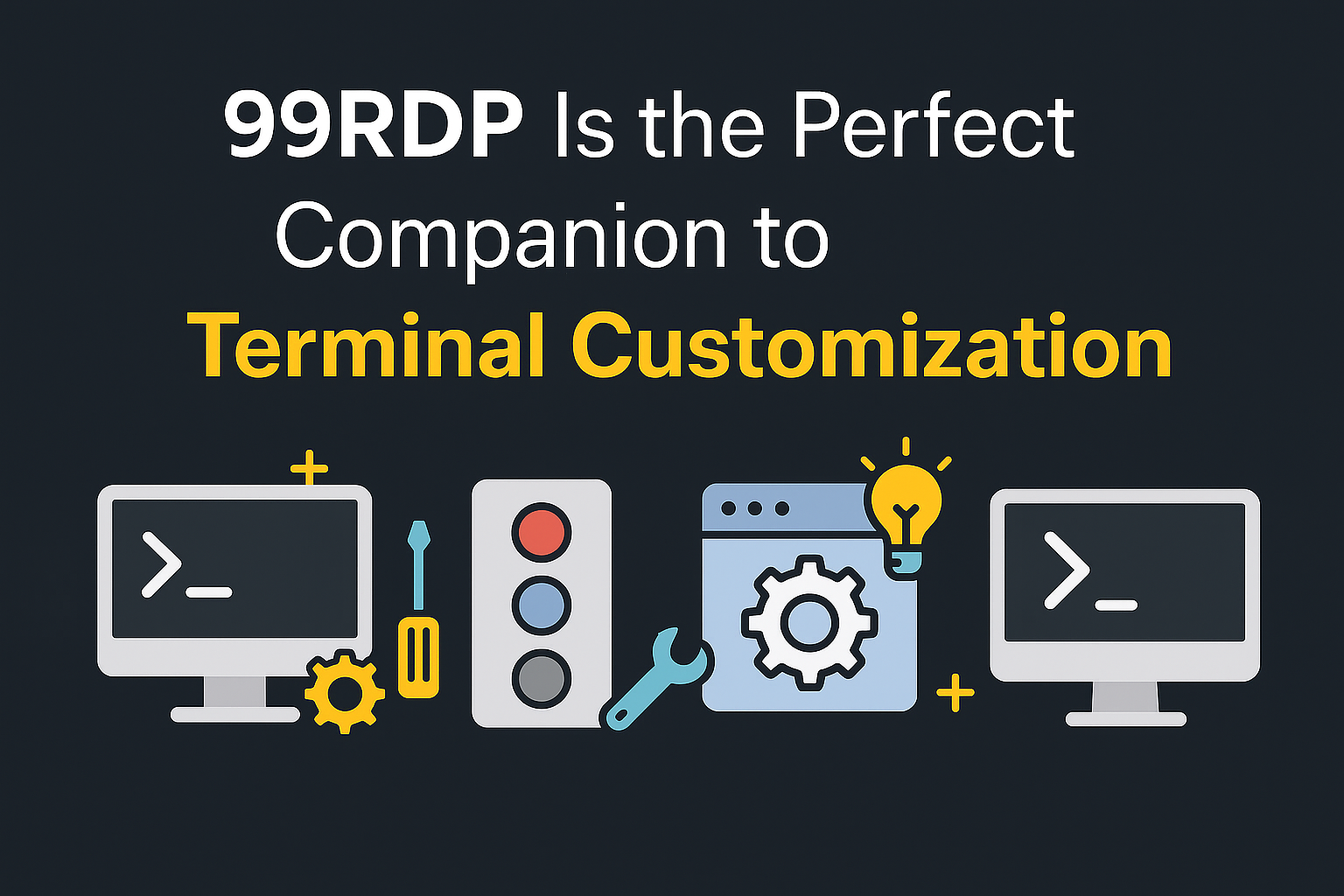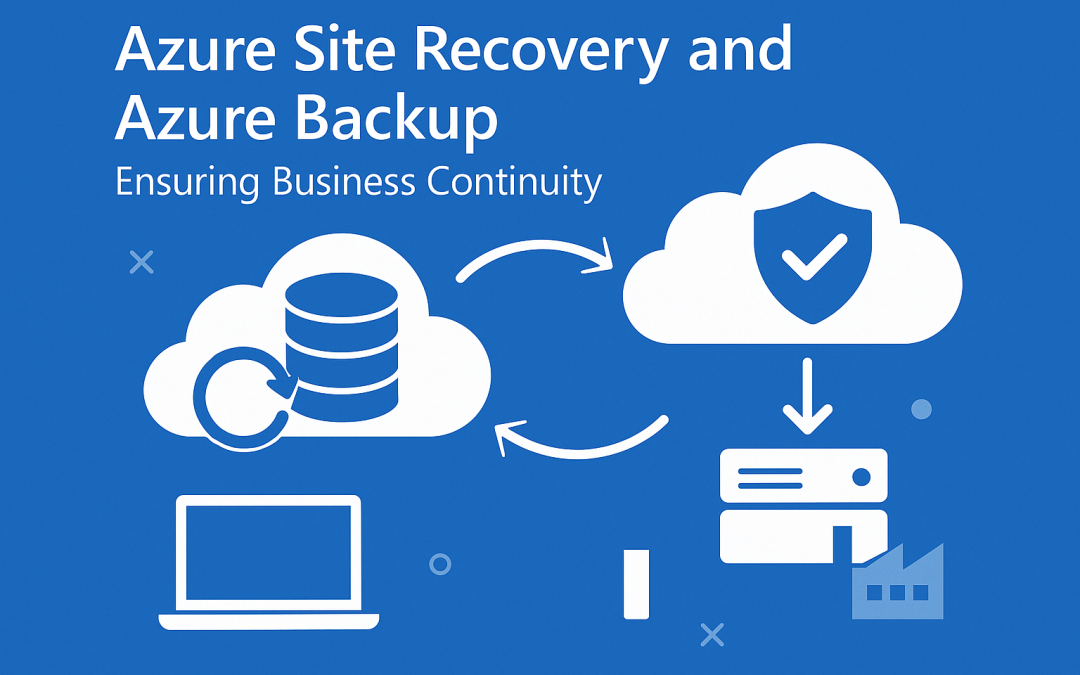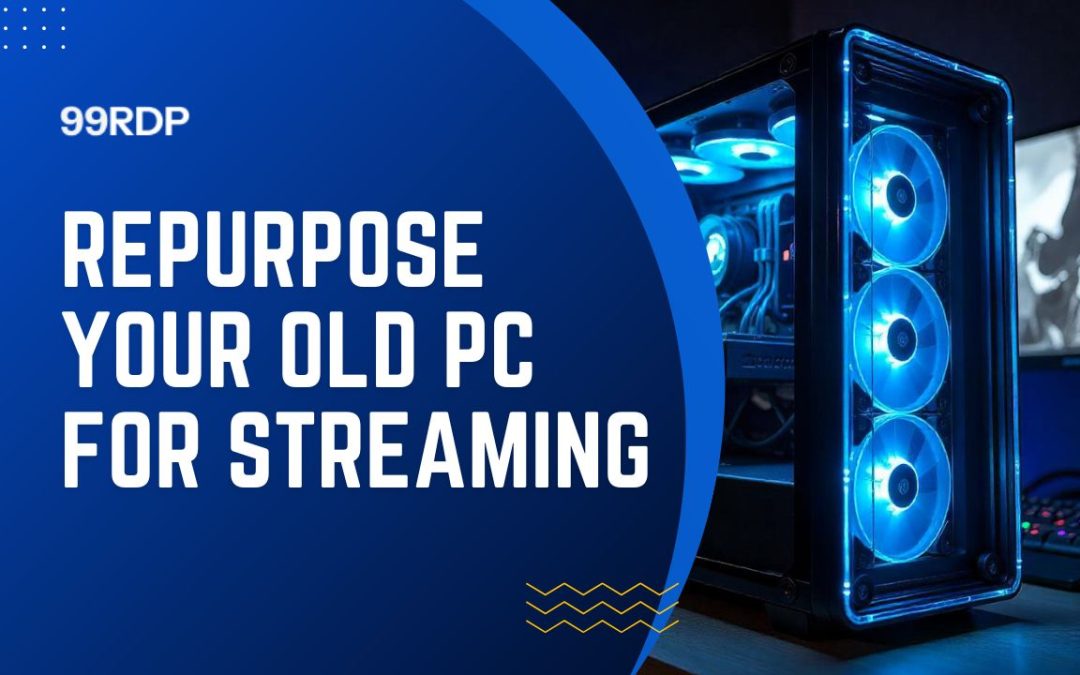Linux Terminal Customization
For many Linux newcomers, the terminal is both exciting and intimidating. Unlike graphical user interfaces, the terminal offers direct control, speed, and customization—but it can feel barebones out of the box. The good news is that Linux’s flexibility allows you to personalize your terminal and make it more powerful, visually appealing, and productivity-friendly.
In this article, we’ll explore 10 essential tools every new Linux user needs for customizing their terminal. We’ll also highlight how 99RDP’s Linux RDP hosting complements these tools, creating a high-performance environment where your workflow thrives.
10 Essential Linux Terminal Customization Tools — and How 99RDP Supercharges Your Workflow
1. Kitty – A GPU-Accelerated Terminal Emulator
Kitty is a modern terminal emulator built to take advantage of GPU rendering. Unlike traditional emulators, Kitty delivers faster text rendering, smooth scrolling, and split-window features.
- Why it matters: GPU acceleration reduces lag in large outputs and supports advanced graphics.
- Pro tip: Pair Kitty with Nerd Fonts for a stylish, developer-friendly experience.
With 99RDP’s Linux RDP servers, you can deploy Kitty in a high-performance environment backed by fast CPUs and NVMe SSDs, ensuring zero performance bottlenecks.
2. Zsh + Oh My Zsh – Smarter Shell Experience
The Z shell (Zsh) is an upgrade from Bash, and Oh My Zsh makes it even better with themes, plugins, and intelligent autocompletions.
- Key benefits: Syntax highlighting, command autosuggestions, and over 275 themes.
- Example: Typing
git stinstantly expands intogit statuswith color-coded output.
When running on 99RDP’s Linux servers, your Zsh configurations persist across sessions, ensuring a consistent and optimized development environment.
3. Alacritty – Speed Without the Bloat
Like Kitty, Alacritty is GPU-powered but focuses on minimalism. It’s known as one of the fastest terminal emulators with low resource consumption.
- Why it matters: Perfect for lightweight environments where speed is critical.
- Best use: Developers who want a no-nonsense terminal for coding and system tasks.
Running Alacritty on a 99RDP remote server ensures you get both speed and reliability, even for resource-heavy tasks like compiling or data analysis.
4. Tilix or Terminator – Master Terminal Multiplexing
If you constantly juggle multiple sessions, Tilix and Terminator are indispensable. They allow you to split terminals vertically and horizontally, organize sessions, and save layouts.
- Use case: Monitor logs, run builds, and edit files simultaneously in one window.
- Advantage: Reduces window clutter and boosts multitasking efficiency.
On 99RDP’s Linux RDP hosting, you can open dozens of terminal panes without worrying about local machine performance limits.
5. Neofetch – Aesthetic System Info at a Glance
Neofetch is more than eye candy. It displays system details like OS, kernel, uptime, CPU, and RAM usage in a sleek, customizable layout.
- Why new users love it: It gives a quick system overview while making the terminal feel welcoming.
- Bonus: Great for showcasing Linux setups in screenshots.
Running Neofetch on a 99RDP-powered Ubuntu or Debian server instantly provides insights into your remote environment’s performance.
6. Ranger – A Terminal-Based File Manager
Ranger brings a Vim-inspired interface to file management. It allows you to preview files, navigate directories, and perform operations without leaving the terminal.
- Why it’s powerful: Eliminates context-switching between GUI file managers and CLI.
- Best for: Developers who live in Vim or want productivity without distraction.
Pair Ranger with 99RDP Linux hosting, and you can manage server files seamlessly, whether for coding projects, web hosting, or automation scripts.
7. Colorls or exa – Modern Alternatives to ls
The traditional ls command works fine, but Colorls and exa add icons, colors, and extra metadata.
- Key benefits: Quickly distinguish file types, permissions, and Git status.
- Example: A glance shows which files are directories, symlinks, or executables.
On a 99RDP Linux RDP server, these tools make managing complex directories in remote environments far easier.
8. Custom .bashrc and .zshrc Configurations
Customizing your .bashrc or .zshrc is like giving your terminal superpowers.
- What you can add: Aliases, functions, environment variables, and shortcuts.
- Example: Create an alias like
gs="git status"or a function for automated backups.
With 99RDP, these customizations persist in your remote environment, allowing you to build a powerful, reproducible setup accessible from anywhere.
9. Prompt Tweaks with PS1
Customizing your PS1 prompt changes how your shell looks. With ANSI codes, you can add colors, emojis, Git branch info, or timestamps.
- Why it matters: A smart prompt reduces errors and provides context.
- Example: Displaying the current directory, time, and exit status directly in the prompt.
In a 99RDP Linux VPS, your personalized prompt ensures productivity even when switching between local and remote sessions.
10. Remmina – Remote Access Made Easy
Remmina is a Linux remote desktop client supporting RDP, SSH, VNC, and more.
- Use case: Connect securely to a 99RDP Linux RDP server with full GUI and terminal access.
- Advantage: Blend the comfort of graphical tools with the power of CLI.
When paired with 99RDP hosting, Remmina gives you a secure, 24/7-accessible Linux environment that feels like an extension of your local machine.
99RDP Is the Perfect Companion to Terminal Customization
While these tools improve your terminal experience, 99RDP elevates it to a new level by providing:
- Dedicated Linux RDP hosting with Ubuntu, Debian, Fedora, and more.
- Full root access for endless customization.
- High-performance infrastructure with NVMe storage, fast CPUs, and optional GPUs.
- Persistent sessions so your customizations, scripts, and workflows remain intact.
- 24/7 availability, ensuring you can access your setup anytime, anywhere.
- Seamless integration with Remmina for GUI + CLI productivity.
Local vs. 99RDP-Enhanced Workflow
| Feature | Local Linux Setup | With 99RDP RDP Hosting |
|---|---|---|
| Tool Installation | Manual setup, limited by hardware | Pre-installed or quickly deployable |
| Performance | Dependent on local machine specs | High-performance NVMe + GPUs |
| Availability | Limited to when your device is on | 24/7 remote access |
| Remote Access | Mostly SSH | RDP + Remmina (GUI + CLI) |
| Scalability | Fixed hardware | Easy upgrades via 99RDP dashboard |
Final Thoughts
Linux customization transforms the terminal into a powerful, user-friendly environment. Tools like Kitty, Zsh, Ranger, and Remmina help you work smarter, not harder.
But when combined with 99RDP’s Linux RDP hosting, you gain more than just customization—you unlock speed, reliability, scalability, and global accessibility.
👉 Ready to supercharge your Linux terminal experience? Explore 99RDP’s Linux RDP hosting and take your workflow beyond the limits of local hardware.
EXPLORE MORE; Choosing Between Windows and Linux for Your Homelab
READ OUR BLOGS





